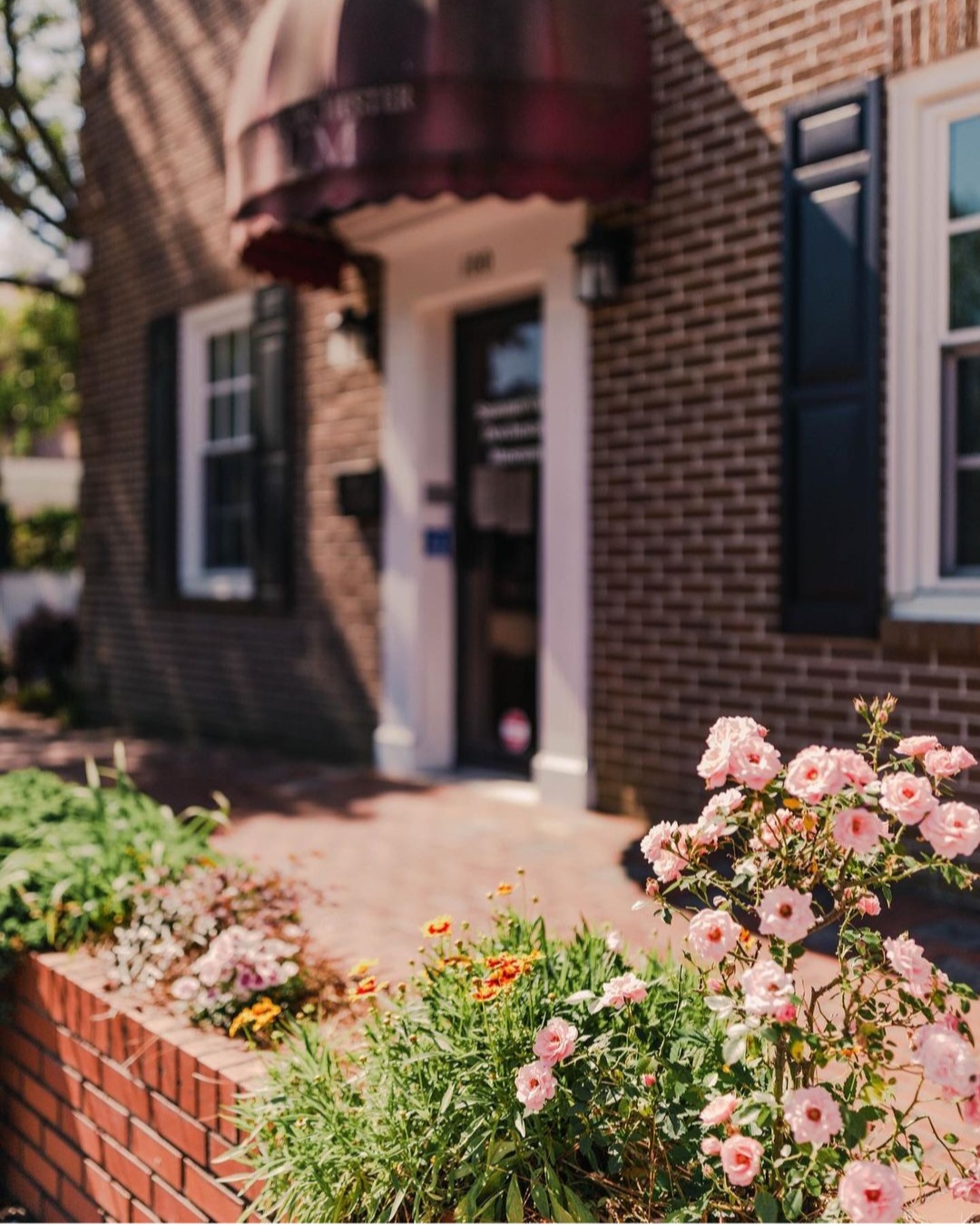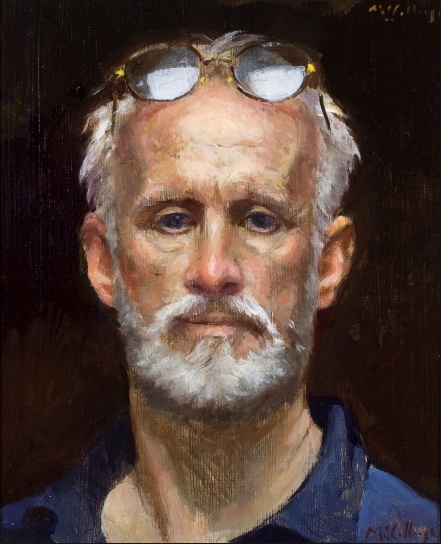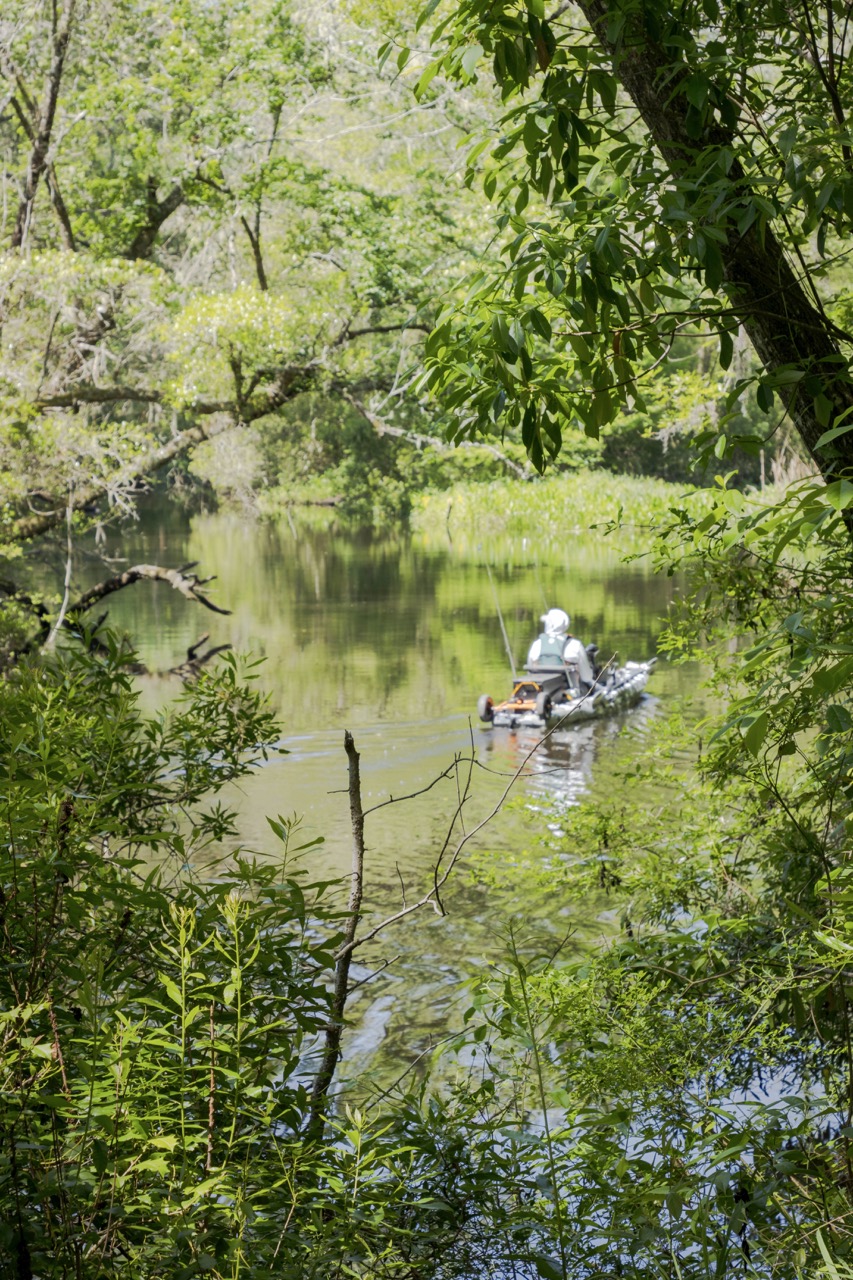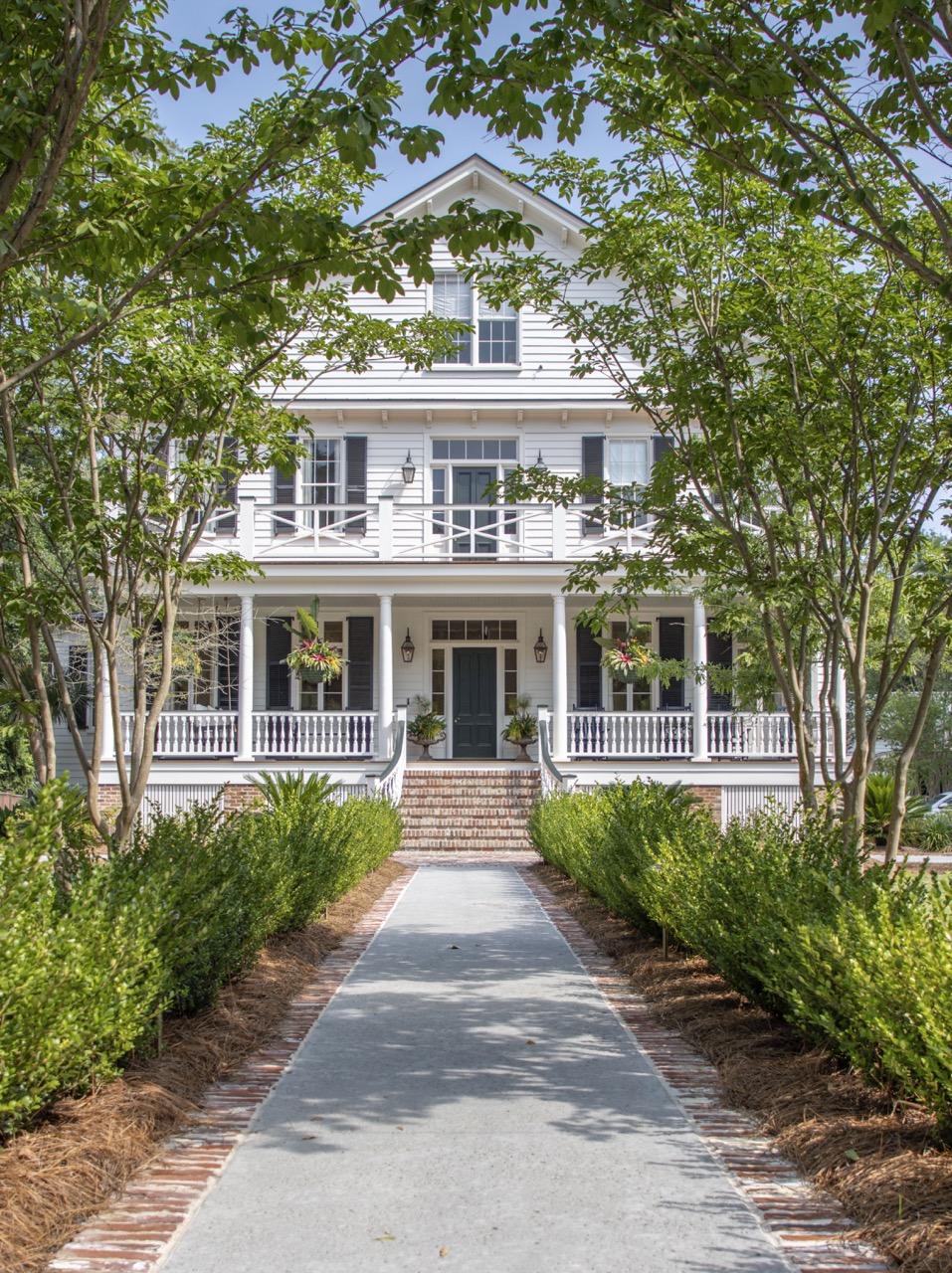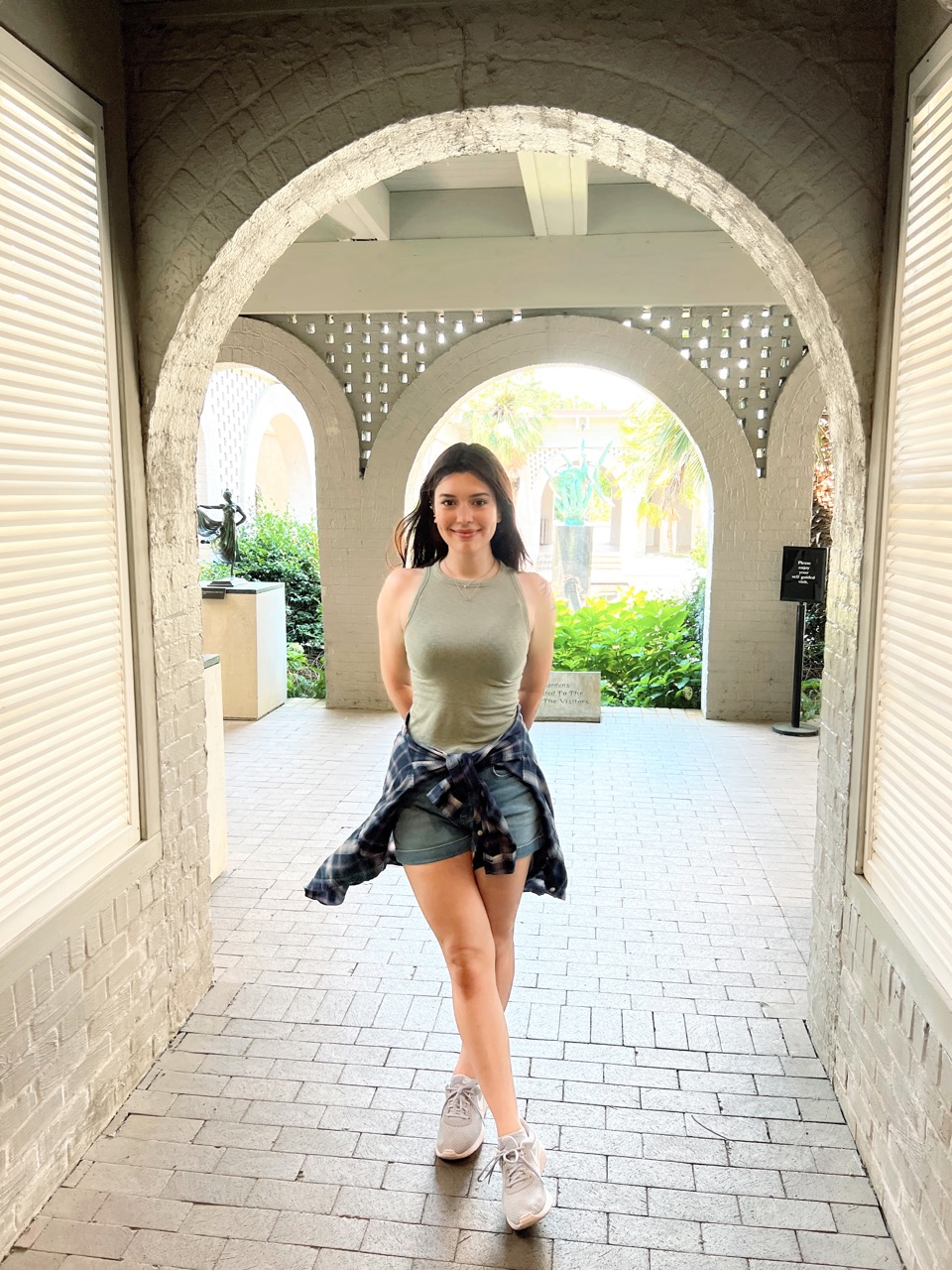The Summerville Museum and Research Center invites visitors to learn about the historical landscape and people who shaped the commmunity spirit.
by Eliza Chapman Bailey,
Photographs by Summerville Museum and Research Center
Sometimes, we want to do something to relieve stress and stimulate the mind without too much fuss. Yet, the time and cost-benefits of traveling don’t add up, so to find respite, we turn inward within our community. Whether you are a long-time resident, newcomer, or visitor, a trip to the Summerville Museum and Research Center is a low-key way to engage the brain and learn about the Town of Summerville’s history, people, economy, natural resources, and culture.
The Summerville Museum (originally the Summerville Dorchester Museum), located at 100 East Doty Street, sits on land initially owned by Eagle Creek Lumber Company. In 1923, the Town of Summerville constructed a brick facade water department with a 100-foot steel water tower and a 300,000-gallon water cistern on this spot. The purpose of the building changed in 1976 from a water station to a police station and Judge’s courtroom; in 1990, the police station relocation left the building vacant. Recognizing the area’s growth and the desire to preserve Summerville’s history, the Town dedicated the empty space to a museum.
Through visual displays, artifacts, and exhibits, the Museum builds a foundation of Summerville’s history by sharing its stories. Guided and self-paced tours chronicle Summerville’s past through the decades, taking visitors back in time, circa the 1700s, when the area was a pineland “frontier” encompassing inland wetlands well suited for Daniel Axell’s sawmill, tannery, and tar kiln.
A steward of Summerville’s history, the Museum explains why Upper Ashley River Planters and their families established summer homes inland in “Old Summerville.” It emphasizes the South Carolina Rail Road and Canal Company’s enterprise to promote commerce along the Charleston to Hamburg line by designing a grid town, “New Summerville,” and selling the land for businesses and residents. The merging of the two communities led to the Town of Summerville becoming the first railroad company-sponsored town in the nation.
The displayed exhibits showcase Summerville’s economy before and after the Civil War. They also highlight the town’s recognition as one of the two healthiest places in the world by the International Congress of Physicians in Paris in 1888. Through their presentations, visitors can learn about the journey of those who came to Summerville as summer or permanent residents and how they influenced the architecture and Summerville’s Age of Inns. Visitors can learn more about the exhibits by scanning the QR codes available throughout the Museum.
Tea and timber played a significant role in Summerville’s industry. Pinehurst Tea Gardens’ tea plant specimens and a long-leaf pine tree planted in the Museum’s courtyard garden represent this importance. The renovated Garden House, owned by Saul Alexander, is next to a mural painted on an old cistern depicting the lumbering industry. The courtyard also contains a brick ball donated to honor the skilled black brick masons who built the town’s infrastructure. The Museum’s brick walls and the town’s older roads, pathways, curbs, and facades showcase their artistry.
A research and archives center will be open for public use. The Museum’s librarian, Irene Carr, finds that the Museum is a “compilation of Southern culture that emphasizes the humanitarian nature of humble hospitality,” which she feels “is the resonating hallmark of Summerville that can still be found today.”
The Little Museum with Big Stories, staffed by volunteers, is a historical welcome center for The Flower Town in the Pines within walking distance of local restaurants and shopping. Taking a tour is a wonderful way to jump-start your knowledge of Summerville’s fabric, the fortitude of early residents, and the historical relevance of the Town’s motto, SacraPinus Esto – The Pine is Sacred. In a small space, it adequately weaves together the social, political, and economic landscape of Summerville’s past and present responsible for the gracious, thriving community cherished today.
The hours of operation are Thursday – Saturday, 10 am – 4 pm, with special events hosted throughout the year. A Rededication Ceremony planned for May will promote National Historic Preservation Month. The Garden House and meeting rooms can be rented for small, intimate, or business gatherings. For more information, to make a monetary donation or donate books/materials for the research center, and to learn about volunteer opportunities – which, by the way, has perks – visit their website at ourmuseum.org or call 843-875-9666. AM

